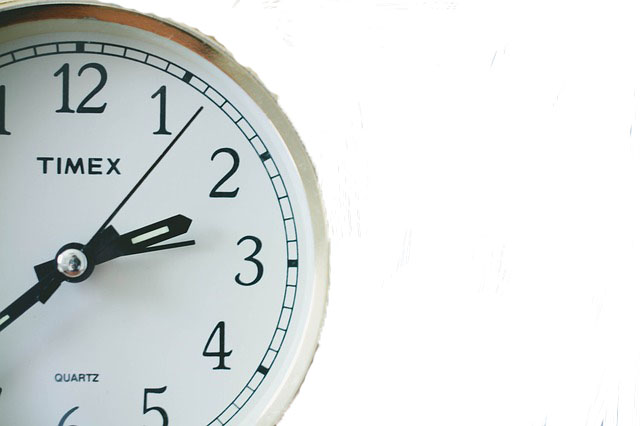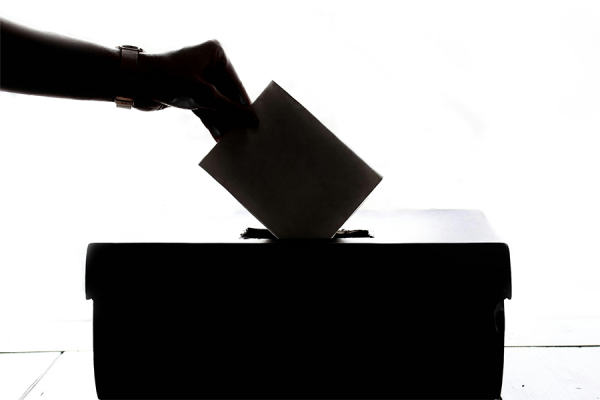4 Classes or 7?
September 25, 2017
Schools around the country have varying ways of operating. One common variant is how schools design students’ schedules. BJHS uses a traditional four-block schedule with classes roughly ninety-six minutes long for a semester. Some high schools use a seven-period schedule, where the classes are only forty-five to fifty minutes and every school day of the year. Another common schedule is the A/B block, where four ninety-minute classes are taken one day, and a different set of four are taken the next. With schools using different schedule types, is one better than the other?
Becoming increasingly popular, the block schedule is used by roughly thirty percent of secondary schools. What makes this system popular?
George Graves, a senior at Bob Jones and student under both the period and block schedules, argued that the traditional four block schedule is superior because “it allows one to stay more organized as well as more focused.”
Eileen O’Brien, an independent researcher for the Center of Public Education, notes that the block scheduling allows classes to be less rushed, increases the depth of subjects and builds stronger teacher-student relationships.
One BJ student claimed that “there would be less work with 4 classes rather than 7 and more time to study in each…”
In a survey of thirty-seven BJHS students, eighty-nine percent answered they had enough time to finish their school work in class.
An alternative type of block scheduling that is commonly used is the A/B block. With rotating classes each day, the schedule type provides variety and, in theory, an extra day to complete homework.
A sophomore at Madison Academy, a school that employs the A/B block schedule, explained that he preferred the A/B system, “You don’t have every class every day and you have longer to finish homework.”
However, opponents of the A/B system argue that extra time for homework is minimal and only having a class every other day can hinder retention.
Critics of the block system claim that ninety minutes is too long for one class, and the attention of students will be lost. In the same survey of BJHS students, sixty-five percent answered that they found themselves bored in their ninety minute classes. Another potential issue is students taking AP classes in the first semester. Since the AP tests are taken in the spring, the gap of months can hurt students’ test scores.
Proponents of the seven period system argue that students would be more attentive during the shorter classes, therefore learning and retaining more. Another benefit of the seven-period schedule is variety within a day. Riley McGraw, a sophomore at BJ, asserted that there are “more classes to meet people and teachers as well as having more variety.” With only four classes, the day can feel stale, as where seven can provide an opportunity for social growth as well as educational.
Mrs. Panagos, a teacher, noted the block schedule allows students to take eight classes a year, which allows students to take more classes in high school or even graduate early. “We have great AP scores, so I don’t think the block schedule is hurting too many scores.”
Each system has its advantages and disadvantages, and each takes some time getting used to when moving to a new school system.












